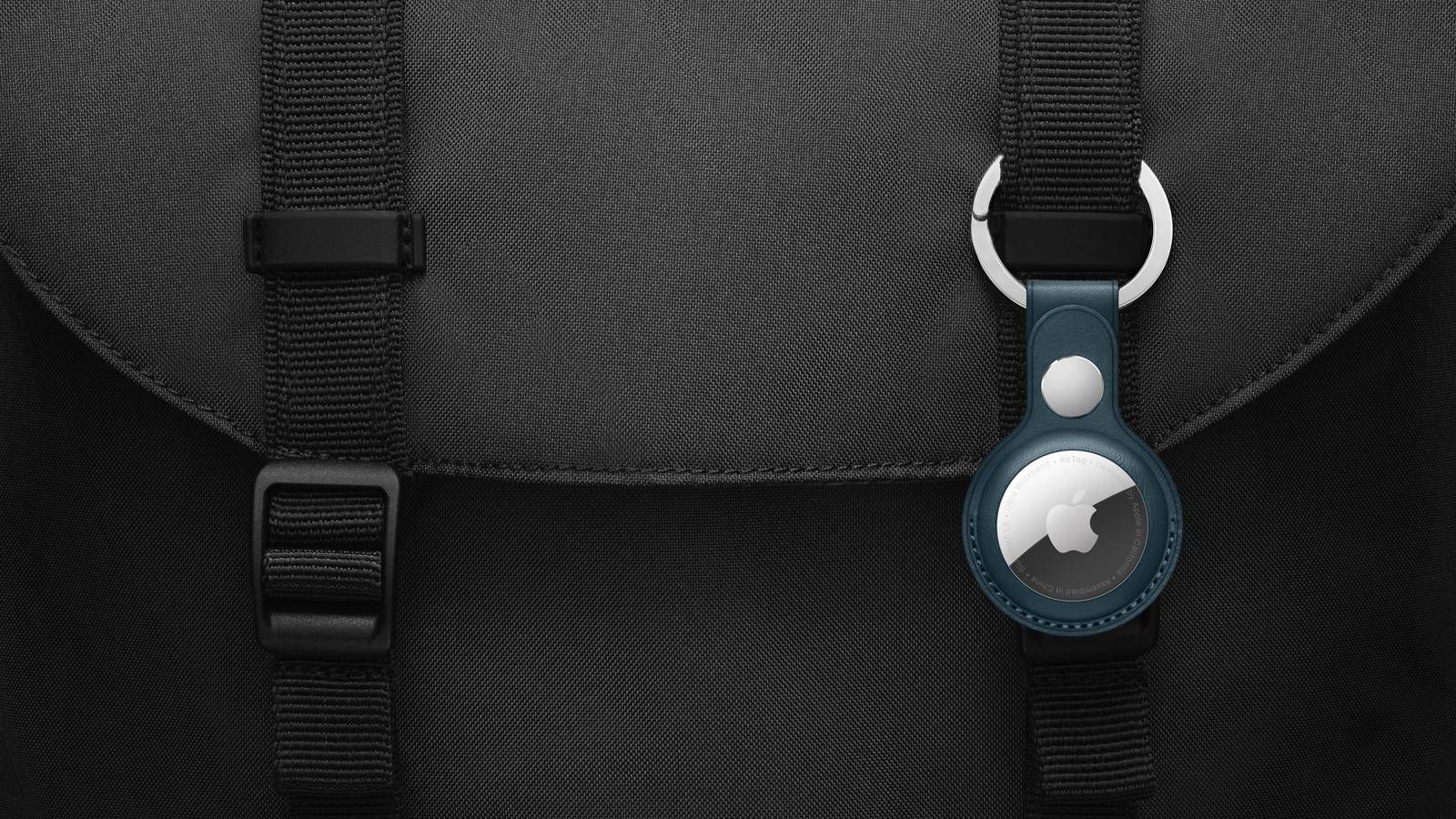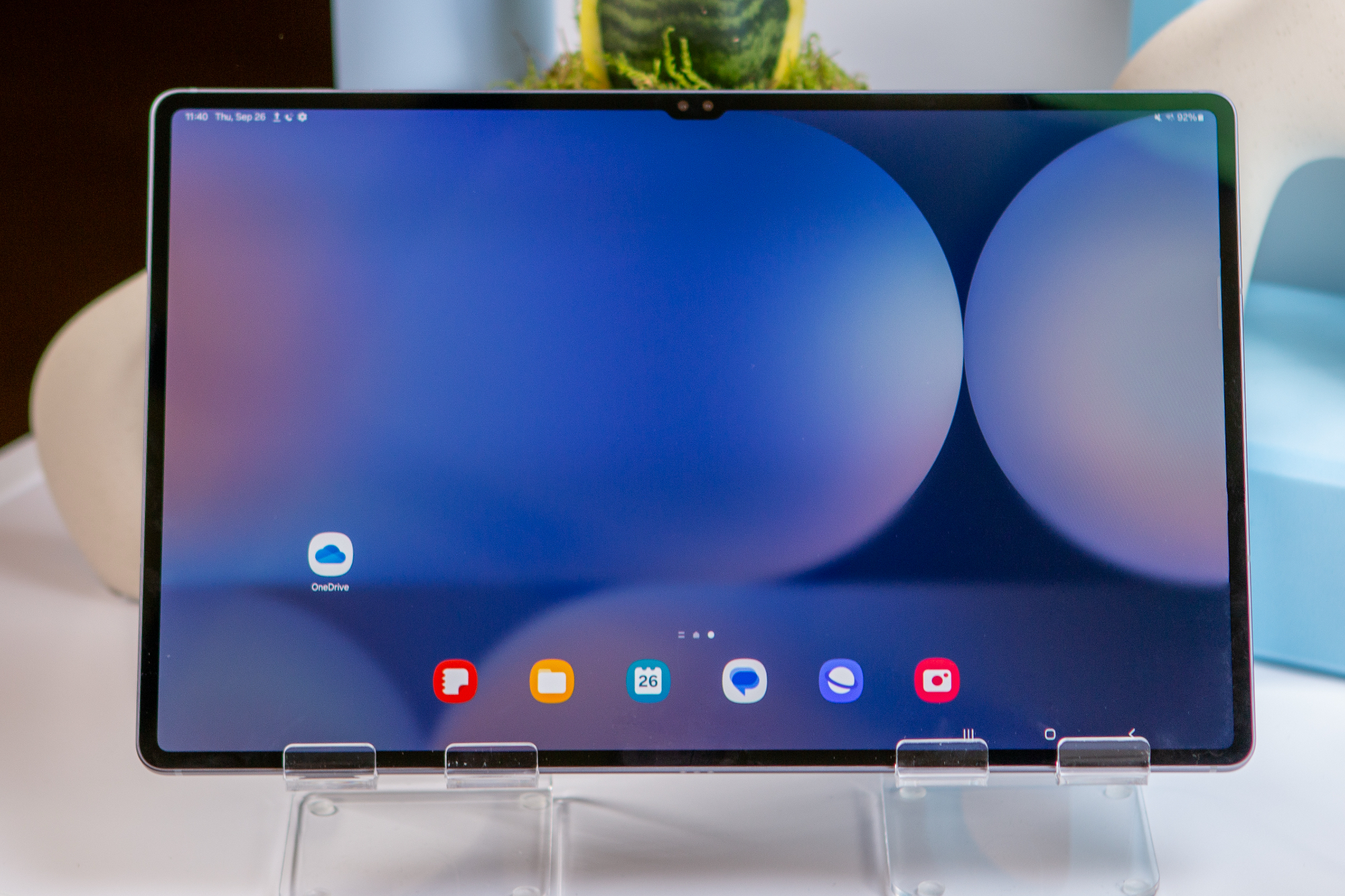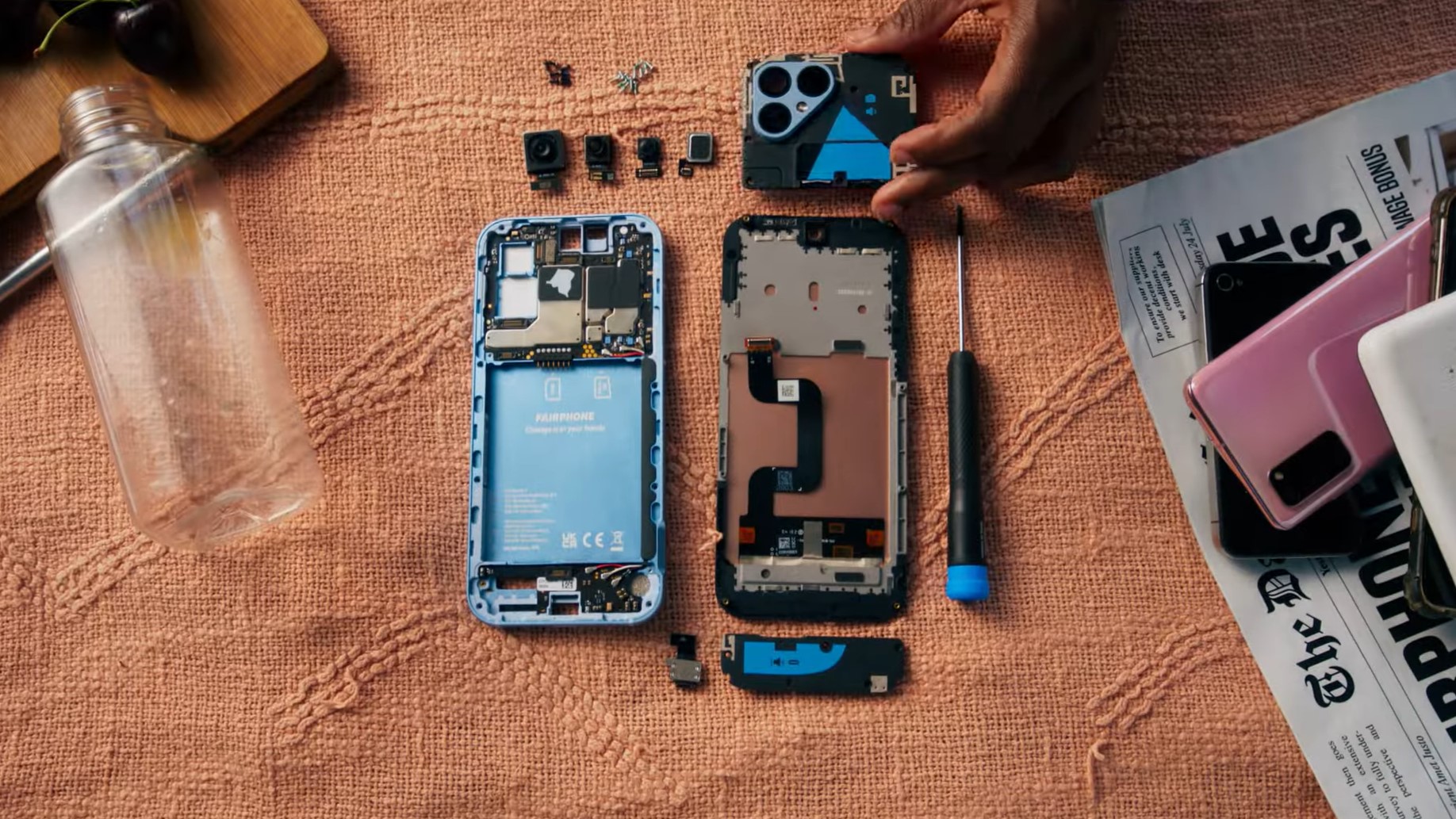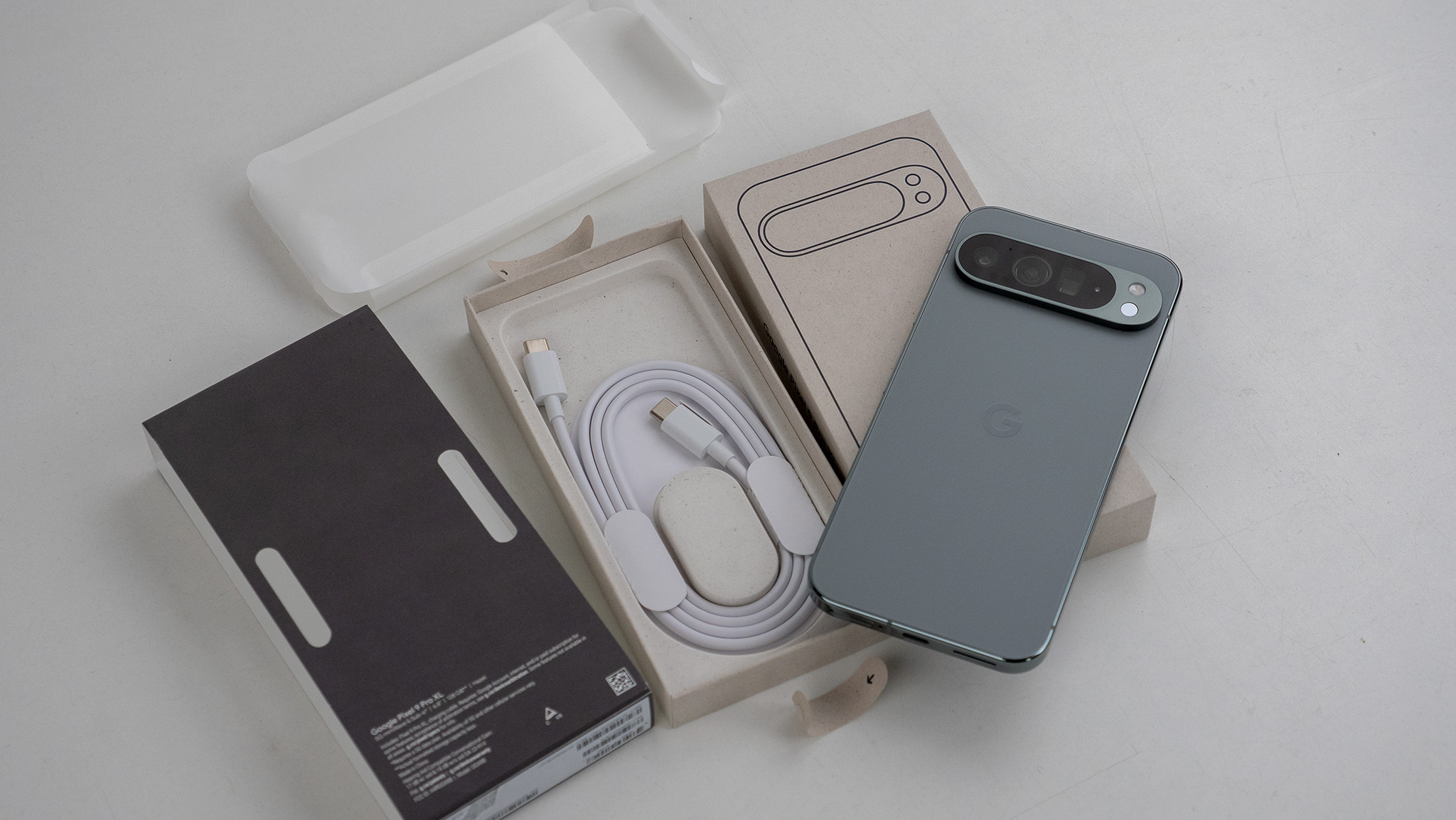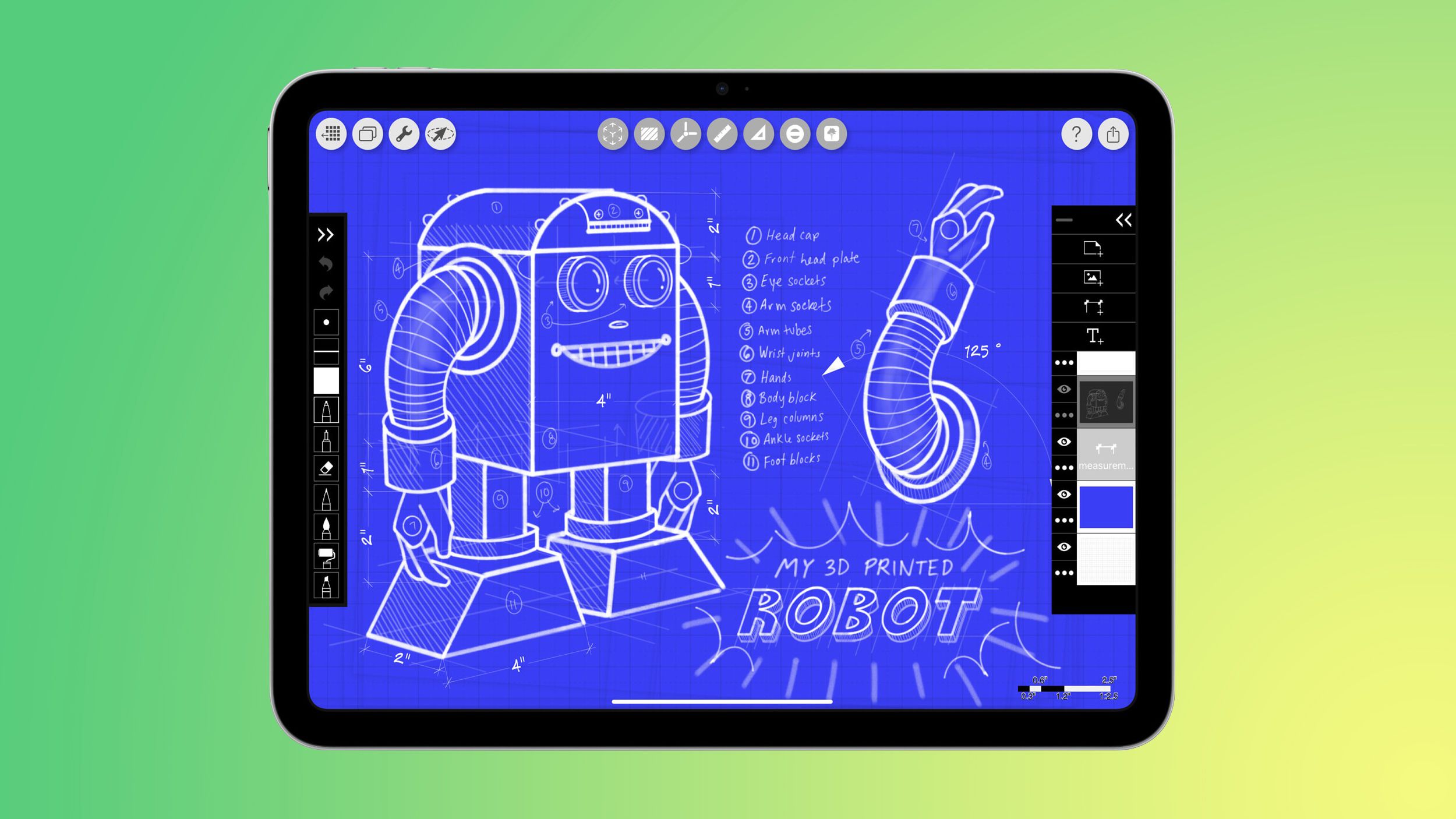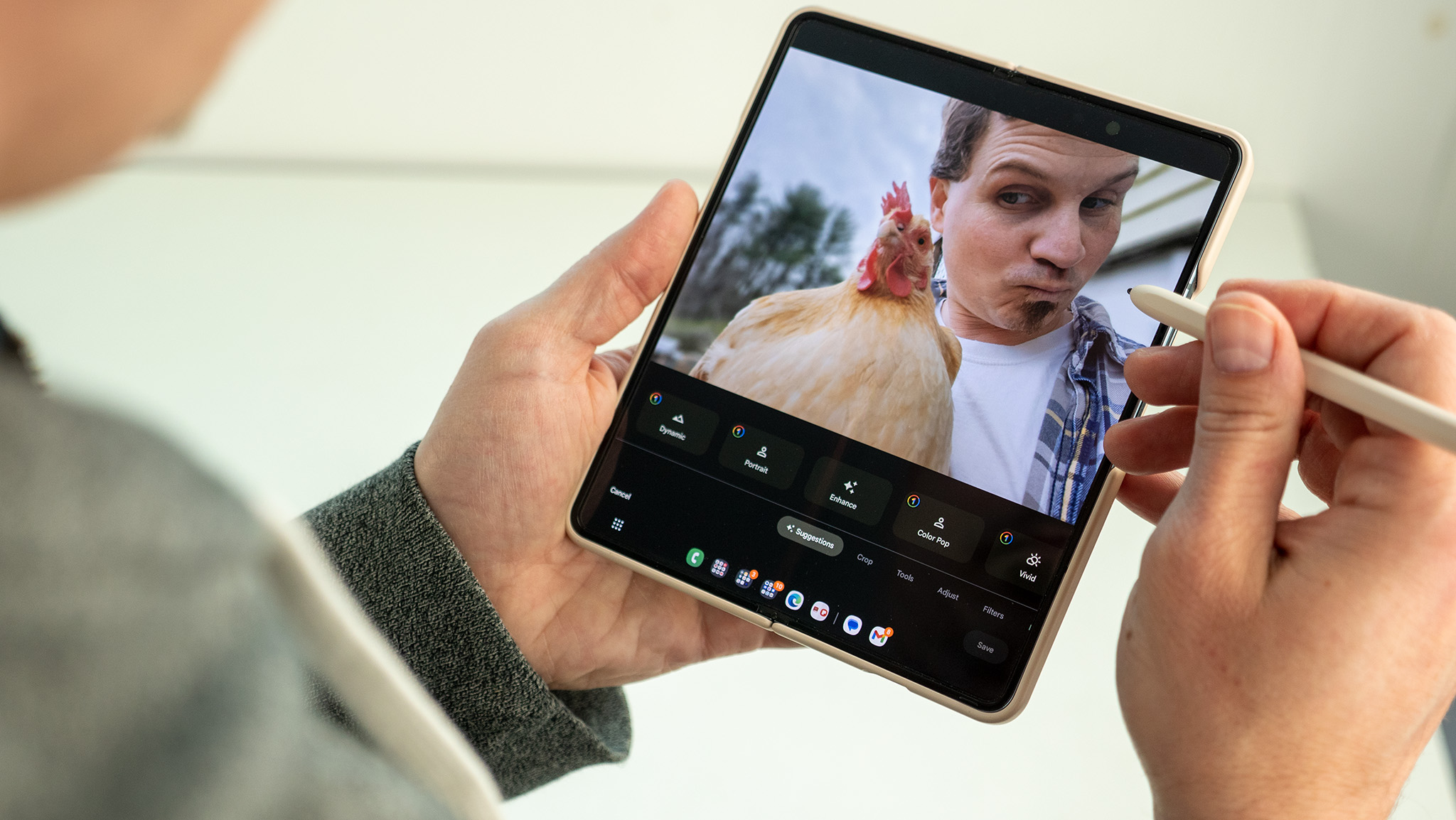Lumio Takes On Established Players with Innovative TVs in India
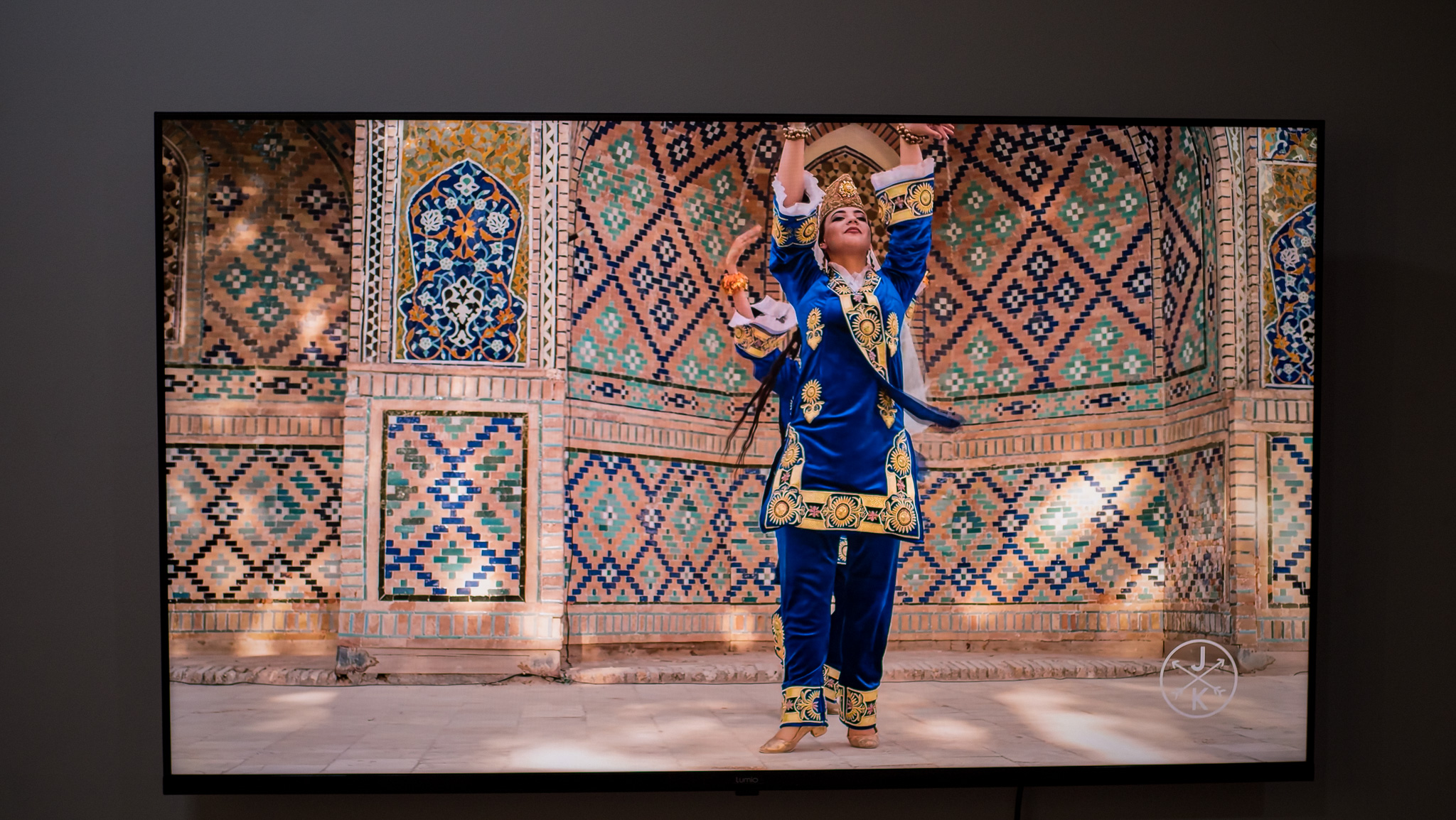
In a landscape dominated by tech giants, the introduction of Lumios new television models is sparking interest among consumers who are tired of the ad-riddled and cluttered interfaces typically associated with Google TV. Many users have expressed their dissatisfaction with Google's platform, which has been criticized for integrating excessive advertisements and unsolicited recommendations into its user experience. This feedback particularly resonates with those who have turned to alternatives like the Shield TV Pro. The Shield TV Pro is often lauded for its superior performance, providing a clean and responsive interface that does not succumb to lag, even during extended usage.
Against this backdrop, Lumioa new entrant in the Indian markethas launched its QLED Vision 7 and Mini-LED Vision 9 models, aiming to redefine user expectations with their unique features. These televisions debuted earlier this month and are designed to compete directly with other popular brands while addressing common user grievances.
What sets Lumio apart is not just the quality of its hardware, but also its software enhancements. Although the televisions run on the Google TV platform, Lumio has incorporated 3GB of DDR4 RAM across all its models, including the base variant. This significant upgrade means that users can expect a more seamless and responsive experience, with the brand even boasting that their TVs are the fastest in Indiaa claim that holds merit based on preliminary tests.
Lumios commitment to longevity in performance is also noteworthy. The company asserts that its televisions will maintain their speed and fluidity even after years of use. With a founding team comprised of veterans from Xiaomi India, Lumio appears to have the expertise and industry connections to effectively contend against well-established players in the television market.
The manufacturing of Lumio's products is conducted in collaboration with Dixon Technologies, the same manufacturer responsible for Xiaomis devices. This partnership underscores Lumio's capability to ensure high-quality production standards. Additionally, the brand offers a reassuring two-year warranty on all televisions, coupled with a robust after-sales service network across India.
While a detailed assessment of the hardware quality remains pendingdue to testing with pre-production unitsthe initial picture quality is impressive and rivals that of leading competitors. Lumios Vision 9 model, for instance, is noted for reaching brightness levels of up to 550 nits under standard conditions, and an impressive 900 nits when displaying HDR content. It excels in handling HDR formats, including Dolby Vision, and features a dedicated quantum dot layer supported by a configuration of 2,000 mini LEDs.
Moreover, Lumio has put considerable effort into image processing, resulting in colors that are well-calibrated right out of the box. The sound quality is equally commendable, delivering clear audio without distortion, even at higher volumes. The Vision 7 model also presents great value, featuring 400 nits of brightness and a dedicated quantum dot layer that enhances visual performance.
On the connectivity front, Lumio has included HDMI 2.1 ports in its televisions. However, a notable limitation is the absence of variable refresh rates; both models are constrained to a standard 60Hz refresh. This decision is somewhat frustrating, especially given the overall quality of the hardware, and it appears to reflect Lumios strategy of targeting a mainstream audience with its offerings. Notably, the Vision 9 is only available in a singular 55-inch size, while the Vision 7 offers more flexible sizes, including 43-inch, 50-inch, and 55-inch options.
Looking ahead, it is plausible that Lumio may introduce a larger 65-inch model equipped with variable refresh rate technology, although the current lineup is limited. Nonetheless, this limitation is not a significant drawback for the intended consumer base, as Lumio has effectively addressed fundamental user needs and preferences.
Underpinning Lumios offerings is a powerful quad-core processor featuring Cortex A75 cores, which also includes AV1 decode capabilityan essential feature in todays streaming landscape.
A standout feature of Lumio's TVs is the enhanced Google TV interface, which has been described as significantly better than other TV interfaces currently available. Many users have reported frustrations with competing brands' software, particularly Xiaomis Android TV, which often struggles with lag and stability issues. Such drawbacks are common even among premium brands like Sony, Samsung, and LG, making Lumios more stable interface an appealing alternative.
Another innovative addition is the TL;DR hub, a custom feature that aggregates sports scores into a single, user-friendly dashboard. This feature provides a comprehensive overview of ongoing sports events across various leagues. Lumio is also working towards enhancing its music integration capabilities by consolidating multiple music sources into one interface, currently focusing on YouTube Music, but with plans to include more music services in the future.
In conclusion, Lumio appears to have made all the right moves with the Vision 9 model. It is aimed at a broad audience, boasting impressive picture quality, solid sound performance, and an intuitive software experience. The significant achievement of crafting a Google TV product that genuinely enhances user experience is commendable, and many are eagerly anticipating Lumios potential expansion into the streaming device market to rival top performers like the Shield TV Pro.













